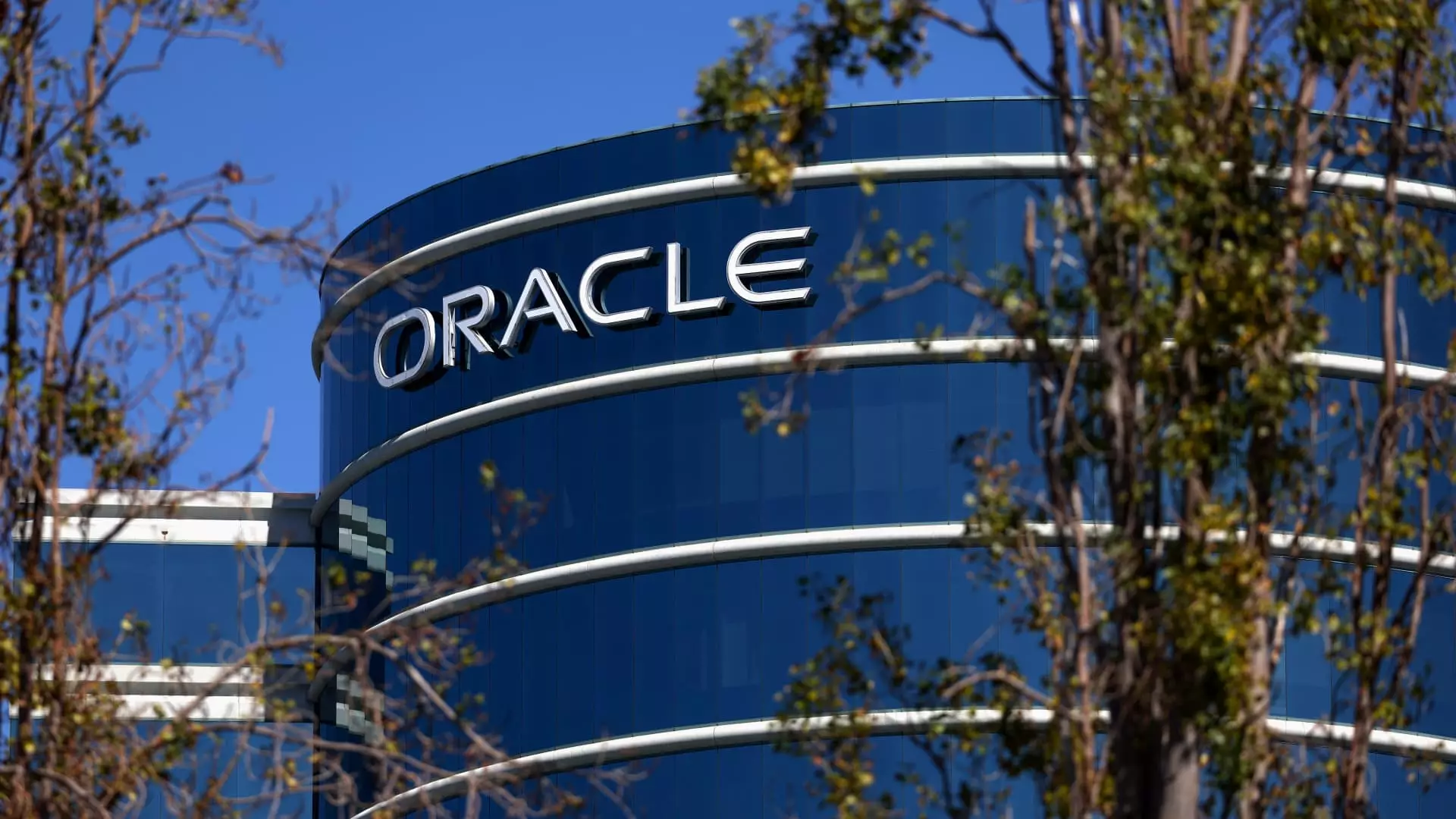In a recent earnings call, Larry Ellison, co-founder and chairman of Oracle, made a distinctive announcement that has raised eyebrows in both the tech and energy sectors. He pointed out that the escalating electricity demands driven by artificial intelligence applications have reached unprecedented levels. This surge has prompted Oracle to explore unconventional energy solutions, particularly small modular nuclear reactors. Ellison’s claim, characterized as “bizarre,” underscores the gravity of the situation as AI technologies threaten to strain the existing power grid significantly.
Ellison disclosed that Oracle is in the process of designing an expansive data center that will demand over one gigawatt of electricity, which is more than most conventional data centers consume. The ambitious plan to power this facility with three small nuclear reactors not only illustrates the company’s commitment to sustainable energy but also highlights an emerging trend among technology firms grappling with soaring power consumption. Data centers are evolving into critical infrastructures that serve as the backbone for digital services, and their energy consumption patterns are becoming a crucial consideration for future expansions.
The concept of small modular reactors (SMRs) is gaining traction as a potential solution to meet the increasing energy demands of modern technology. SMRs, typically generating 300 megawatts or less, are designed for fast deployment, minimizing capital expenditures that often hinder the construction of traditional nuclear plants. They promise reliable, carbon-free energy and are seen as an essential innovation in the nuclear industry. While these reactors provide a glowing prospect for energy generation, widespread commercialization in the U.S. is anticipated to take another decade, with most industry experts projecting a feasible rollout by the 2030s.
The current landscape of operational small modular reactors reveals a stark reality: While the U.S. is in pursuit of cutting-edge energy solutions, other nations like China and Russia are already taking significant strides in the development of this technology. The geopolitical implications of this technological gap are profound, as energy independence becomes increasingly intertwined with national security. Oracle’s venture into nuclear energy may not only position it as a leader in sustainable technology but also motivate a broader dialogue about energy strategy in the context of global competition.
As the demand for AI technologies continues to rise, the intersection of energy production and data services will likely be a key area of focus for companies like Oracle. Addressing the energy needs for AI applications not only involves innovative solutions such as nuclear energy but also calls for a comprehensive assessment of sustainable practices across the tech landscape. The path forward involves not only finding new energy sources but also fostering collaborations that can pave the way for more resilient infrastructures capable of supporting our digitally-driven future.
As Larry Ellison’s announcement illustrates, the intersection of artificial intelligence and energy production is fertile ground for innovation and growth. The shift toward small modular nuclear reactors represents not just an urgent response to immediate energy demands but also a strategic move toward long-term sustainability and energy independence. The future may indeed hinge on how effectively businesses adapt to these changes.

Leave a Reply